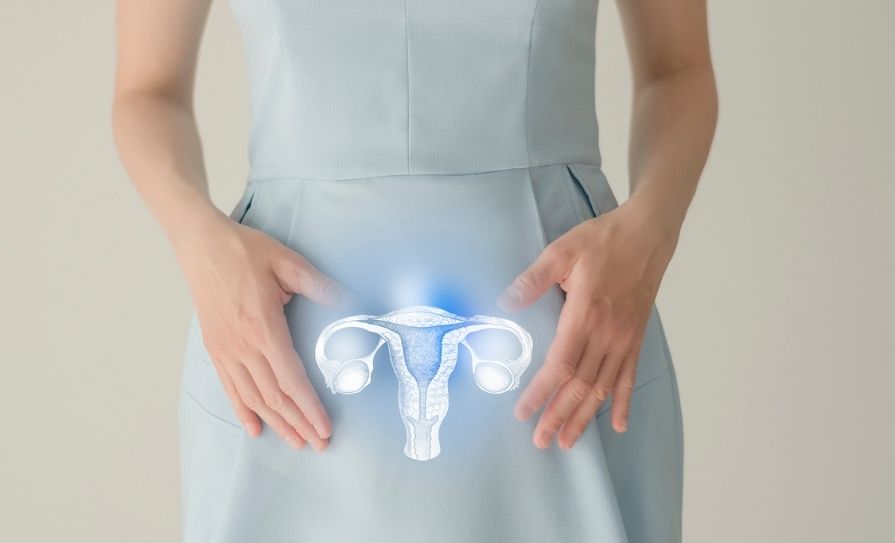Siún Tobin MPSI looks at common oral health considerations in the pharmacy
Dry mouth
Dry mouth is a sensation of oral dryness that may be associated with diminished or arrested salivary secretion. ‘Xerostomia’ is the term used to describe the sensation of a dry
mouth and is a common symptom affecting patients, with many patients experiencing this symptom due to reduced saliva production secondary to disease.1

It can alter a patient’s taste and may make it difficult for patients to chew and swallow. There are a number of causes of xerostomia, including cancer and its treatment, certain classes of medications, dehydration and underlying comorbidities.1 In the management of dry mouth, it is essential to identify any underlying causes before proceeding to management interventions. The pharmacist should always review the patient’s medication regimen, including regular medicines as well as over-the-counter therapies, to assess for pharmacological causes of dry mouth. Medications used for treatment of other conditions may worsen symptoms of dryness, and alternatives should be sought whenever possible.
In terms of the assessment of dry mouth, the Challacombe Scale has been endorsed by speech and language therapists, as developed from the research of Prof Stephen Challacombe at King’s College London Dental Institute, UK. The scale allows healthcare professionals and lay persons to visually identify and quantify xerostomia and how it
responds to therapy. The scale range is from 1 (mild dryness) to 10 (severely dry mouth). Someone with a mild dry mouth will have characteristics such as frothy saliva and tongue and mouth mucosa, to which a dental mirror will ‘stick’.
Those with a Challacombe score of 4-to-6 are considered to have a moderately dry mouth and will exhibit an absence of saliva pooling in the floor of the mouth, depapillation of the tongue or gingival smoothness. Those with scores of 7-to-10 (severe dryness) may have a glossy-appearing palate, a lobulated tongue, cervical caries or visible debris on the teeth and/or palate.

Oral hygiene
Oral hygiene is essential in the care of patients with or at risk of dry mouth, and should be carried out twice-daily.3 Simple interventions such as sipping cold water, sucking an ice cube or chewing sugar-free gum can help to alleviate symptoms.1,3 The mouth can be moistened every 30 minutes with water, ie, with sips or sprays of cold water or sucking ice-cubes.1,3 However, patients should be advised that sipping water too often may be counter-productive, reducing the mucus film in the mouth and possibly worsening symptoms.4 Artificial saliva products are poor substitutes for natural saliva and should only be considered where a main salivary duct blockage is the cause of dry mouth.1 Available products include BioXtra oral rinse, gel and spray, Bioténe mouthwash and Glandosane spray. Occasionally, in the setting of palliative care, pilocarpine is prescribed off-label for the management of dry mouth.

Lemon and glycerine mouth swabs should not be used to clean or freshen the mouth, because the lemon flavouring is known to have a drying effect.5 Equally though, thought to stimulate salivary flow, acid drops or acidic boiled sweets may ultimately have a drying effect on the mouth. Citrus-flavoured sugarless oral drops (containing malic acid) may be used cautiously in patients with limited treatment options.2,4
Halitosis
Halitosis is unpleasant or foul-smelling breath beyond socially-acceptable levels.6 Bad breath affects all ages, including children, although it is more commonly seen in the adult population.6 Bacteria involved in the pathogenesis of bad breath release malodorous chemicals. Volatile sulphur compounds (VSCs), such as hydrogen sulfide, methyl mercaptan and dimethyl sulfide, are especially implicated. VSCs arise via microbial degradation of methionine and cysteine and patients with halitosis generally have a different spectrum of bacteria in their mouths.6
There are a number of possible causes of halitosis:6
· Periodontal disease.
· Gingivitis.
· Post nasal drip.
· Systemic illness.
· Dry mouth.
· Gastro-oesophageal reflux disease.
· Gastric stagnation associated with gastroparesis or outflow obstruction.
Simple lifestyle modifications which have been suggested to reduce halitosis include eating high-fibre foods frequently, chewing gum after meals, increasing oral water consumption, or reducing alcohol and caffeine intake.1,6 As halitosis is directly linked with dental hygiene, regular dental care and hygiene is essential. Dental professionals advise that cleaning the teeth and the tongue with toothpaste and brushing twice-daily is absolutely paramount.1,6 Daily flossing between teeth has been recommended, as well as gargling mouthwash at bedtime (bacterial activity causing halitosis is highest at night-time).6
For the use of mouthwashes, the advice is generally to use 10-to-15ml twice-daily rinsed around the mouth for one minute before spitting.5 Where chlorhexidine causes local irritation, it can be diluted with an equal volume of water before use to reduce discomfort.5







